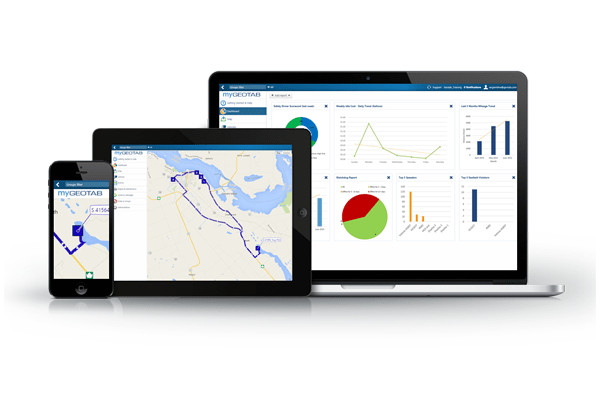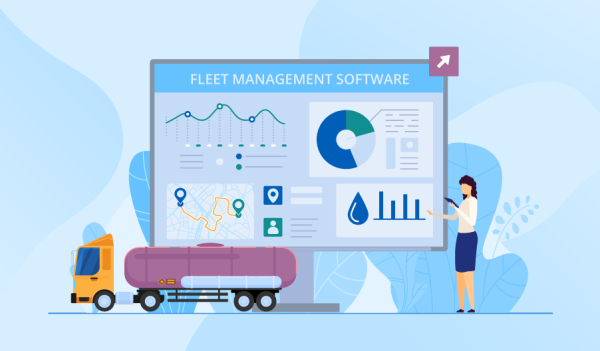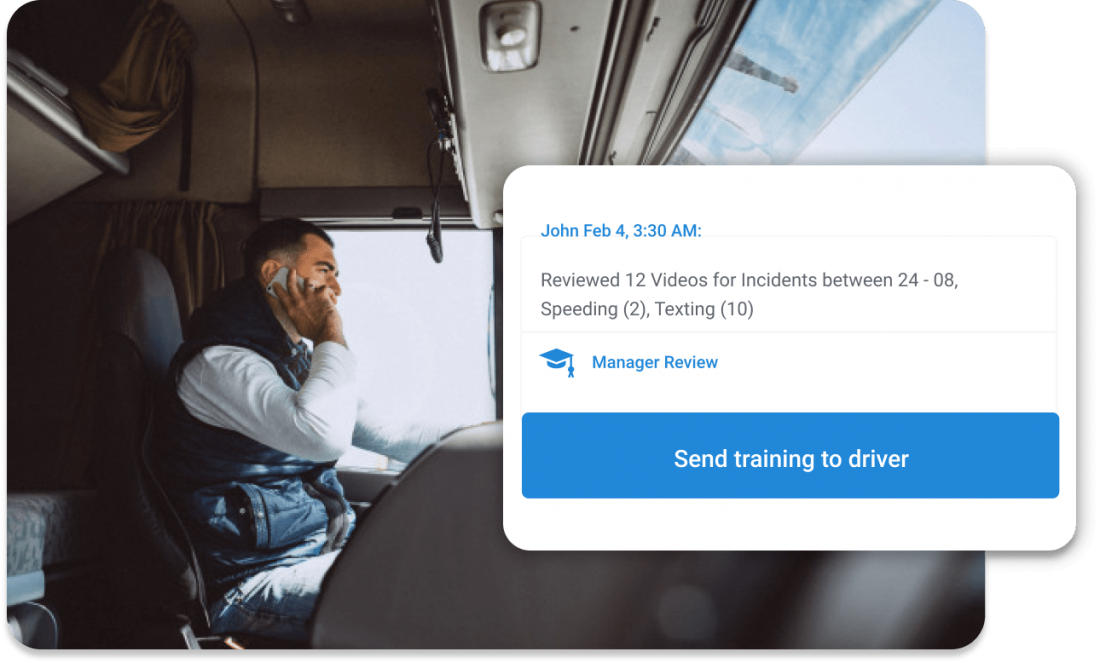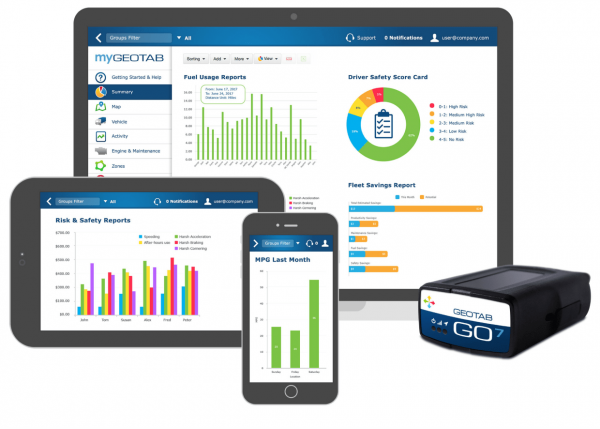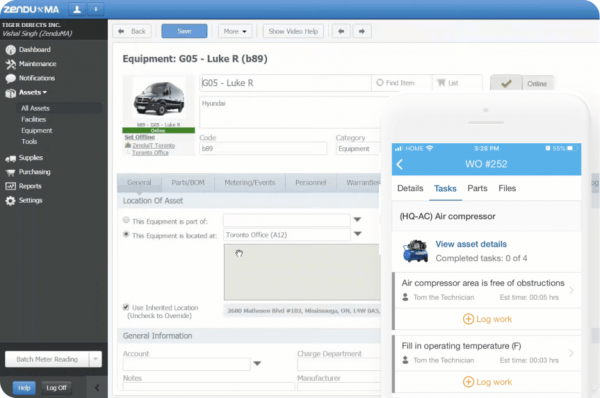Virtually every fleet manager worries about the same things: compliance, asset management and the company’s bottom line. Scratch the surface, however, and there are even more universal concerns.
With so much responsibility and so many variables at play, today’s fleet managers also have to contend with things like workflow, driver safety and productivity.
In this article, we’ll address the top five fleet manager concerns and our take on how they can be effectively addressed.
1. Supporting Ongoing Employee Engagement and Morale
A fleet is only as good as the workforce behind it, and that workforce will only be effective so long as it is involved with its corporate culture.
Burnout and loss of engagement is a major fleet manager concern, especially given the economy’s recent circumstances.
Fleet managers have a major responsibility to keep their people happy, healthy and productive, yet factors such as labour shortages, supply chain disruptions and fluctuating market conditions have all put a strain on staff, causing massive turnover at an unprecedented rate.
The answer may lie in proper work-life balance.
Regardless of industry, work-life balance is a necessity for employees. It’s one of the biggest determinants of their day-to-day experience on the job, their quality of life, and ultimately whether or not they choose to stay on board.
Fleet managers can bolster their organization’s work-life balance by implementing policies and procedures meant to encourage healthy schedules and habits, as well as by adopting new technologies that make it easier for employees to manage their time.
2. Getting the Most Out of New Tools
Selecting and implementing the right software or digital tool for an organization is hard enough, never mind using it to its fullest potential.
Fleet managers face an incredibly unique and complex challenge when it comes to adopting new technologies across their operations. They need to not only integrate it into their existing workflow, but also adapt their processes to make the most of its capabilities – all while getting buy-in from their team.
In these scenarios, a number of barriers can arise, whether it’s poor technical setup, a lack of onboarding, insufficient training, improper integration into current workflows, or user error.
The key to mitigating these issues is careful planning and execution. Having a solid game plan going into a new tool implementation is crucial for success. That way, when issues inevitably do arise, they can be quickly remedied without throwing the entire project off course.
3. Finding Enough Time
There is no such thing as ‘slow’ in the world of fleet management. Factors are always changing, things constantly need to be adapted, and for every action that a business takes, there awaits a stack of administrative paperwork requiring completion.
With so much going on, it has been traditionally hard for fleet managers to find enough hours in the day to get their work done. The good news is that new technologies are beginning to alleviate this burden.
Digital tools such as fleet management software have become commonplace, and for good reason. They allow managers to automate a variety of tasks and processes that would otherwise need to be completed manually.
This newfound efficiency has given fleet managers the ability to get more done in less time, freeing up their schedule to focus on other aspects of their business.
4. Balancing Productivity and Safety in Tandem
The struggle to balance productivity and safety is an all-too familiar fleet manager concern. On the one hand, managers need to push their employees to be productive to achieve business goals and keep things running smoothly.
On the other hand, they need to make sure that their employees are safe while in active service, both for the sake of the individual and to avoid any potential liabilities on the road.
The key to successfully balancing productivity and safety lies in communication and collaboration.
Managers need to set clear expectations for their employees in terms of both productivity and safety.
They need to establish systems and processes that will help employees meet those expectations without putting themselves or others at risk.
Finally, fleet managers must create an environment in which employees feel comfortable voicing their concerns and offering suggestions for improvement.
5. Fuel Costs
The price of fuel is one of the most volatile expenses that businesses have to deal with. It’s also one of the most essential, as fleet vehicles cannot function without it.
This puts fleet managers in a very difficult position, as they need to find ways to cut costs without compromising on quality or service.
Fortunately, there are a number of things that fleet managers can do to reduce fuel costs. One is to invest in fuel-efficient vehicles, or even consider adding electric vehicles (EVs) to a fleet.
Another is to implement fuel-saving technologies and practices, such as idling reduction or telematics. Managers can also work with their suppliers to negotiate better prices for fuel.
While the world of fleet management is full of things to worry about, it isn’t without solutions to solve them. With the right insight and strategy in hand, you can equip your business to overcome any challenge that comes your way.










